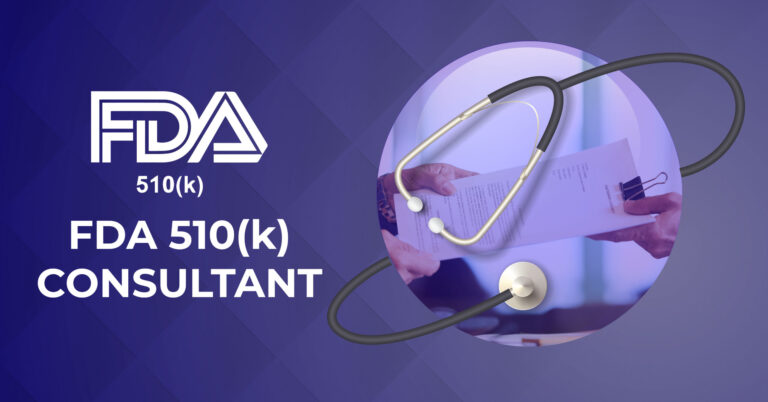US FDA 510(k) Consultant for Medical Devices
Fast-Track Your FDA 510(k) Submission with Expert Regulatory Guidance
Bringing a medical device to the US market requires FDA clearance, and for most Class II devices that means a 510(k) submission. Operon Strategist helps manufacturers, startups, and importers navigate this process with expert consulting support. Our team guides you from device classification through dossier preparation, eSTAR submission, and FDA communication, ensuring your device reaches the market smoothly.
What is FDA 510(k) Submission?
An FDA 510(k) submission is a premarket notification required for most Class II medical devices before they can be legally marketed in the U.S. It demonstrates that your device is substantially equivalent to a legally marketed predicate device.
Key Objective: Prove your device is safe and effective by comparing it with a similar device already approved by the FDA.
Let's Grow Your Business Together
FDA Requirements and 510(k) Predicate Device Criteria
To be accepted under the 510(k) pathway, your device must:
- Be substantially equivalent in intended use and technological characteristics to a legally marketed predicate device
- Meet FDA’s performance testing requirements (bench, biocompatibility, electrical safety, software validation, etc.)
- Include labeling that aligns with FDA regulations
- Address any relevant special controls
- Align with applicable recognized consensus standards
Choosing the right predicate device is often the most critical step. An inappropriate predicate can lead to rejection, delays, or reclassification of your device.
Read Our Blog: 6 Tips to Use a Predicate Device Effortlessly
What if my device has no predicate?
If no predicate exists, the De Novo pathway may be required. Learn more about FDA De Novo vs 510(k).
Our FDA 510(k) Submission Process
Here’s how the FDA 510(k) clearance process typically works:
- Device Classification & Predicate Identification: Determine if your device qualifies for 510(k) and find a suitable predicate device.
- Documentation Preparation: Prepare and compile documents like device description, indications for use, testing data, labeling, biocompatibility, risk analysis (ISO 14971), and substantial equivalence rationale.
- eSTAR or Traditional Format Submission: Submit the 510(k) via the FDA’s CDRH portal in either eSTAR or traditional format.
- FDA Administrative Review (RTA Check): FDA reviews your submission for completeness using the Refuse to Accept (RTA) checklist.
- Substantive Review by FDA: Reviewers assess the technical content, performance data, and substantial equivalence.
- Additional Information (AI) Request (if needed): FDA may request clarifications or more data.
- 510(k) Clearance Letter Issued: Once satisfied, FDA issues a clearance letter and assigns a K-number to your device.
Read More About FDA Medical Device Classification
Timeline for FDA 510(k) Clearance
| Stage | Estimated Duration |
|---|---|
| Device Assessment & Predicate Search | 1–2 Weeks |
| Documentation & Dossier Preparation | 4–6 Weeks |
| FDA Review & Feedback | 60–90 Days |
| Total Estimated Timeline | ~3–4 Months |
Read More: When to Submit a USFDA 510(k)
Level up Your Medical Device Business in the US: Get FDA Approval With a 510(k) – Your Ticket to Success!
How Operon Strategist Helps?
We act as your extended regulatory team, helping you navigate US FDA requirements with precision.
Our FDA 510(k) & PMA Consulting Services Include:
- Regulatory pathway analysis
- Dossier & documentation prep
- Quality system alignment with 21 CFR Part 820
- FDA query and deficiency response
- PMA planning and clinical protocol guidance
- Global compliance support (ISO 13485, CE Mark, CDSCO)
Why Clients Trust Us?
We bring years of experience in medical device regulatory consulting and a successful track record of 510(k) clearances across various device types.
- 500+ medical devices cleared worldwide
- USA, EU, MENA, India regulatory experts
- Deep expertise in FDA, ISO 13485, and QMS systems, MDSAP
- End-to-end project management & regulatory partnership
Get Expert 510(k) Consulting in the USA
Whether you are a startup, manufacturer, or importer, Operon Strategist can help you achieve FDA 510(k) clearance faster and with fewer hurdles. Contact us today to discuss your device and start your 510(k) submission process.

